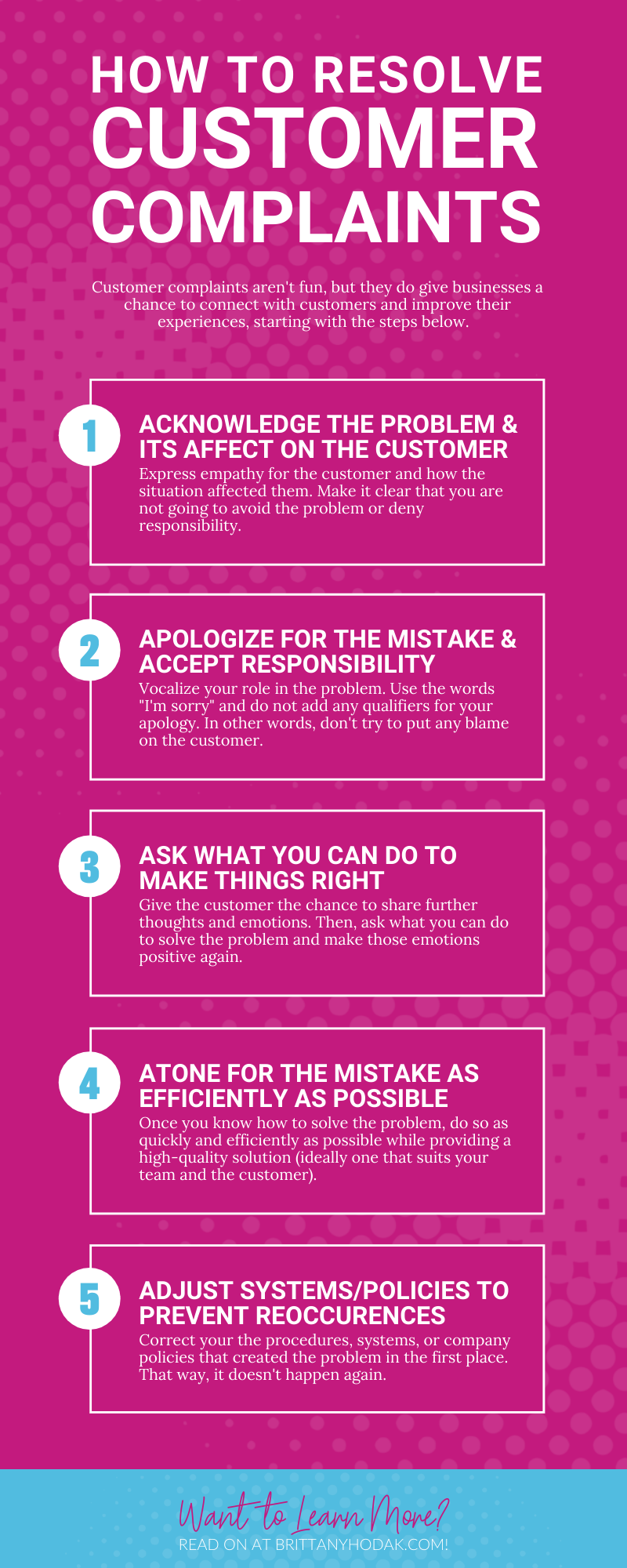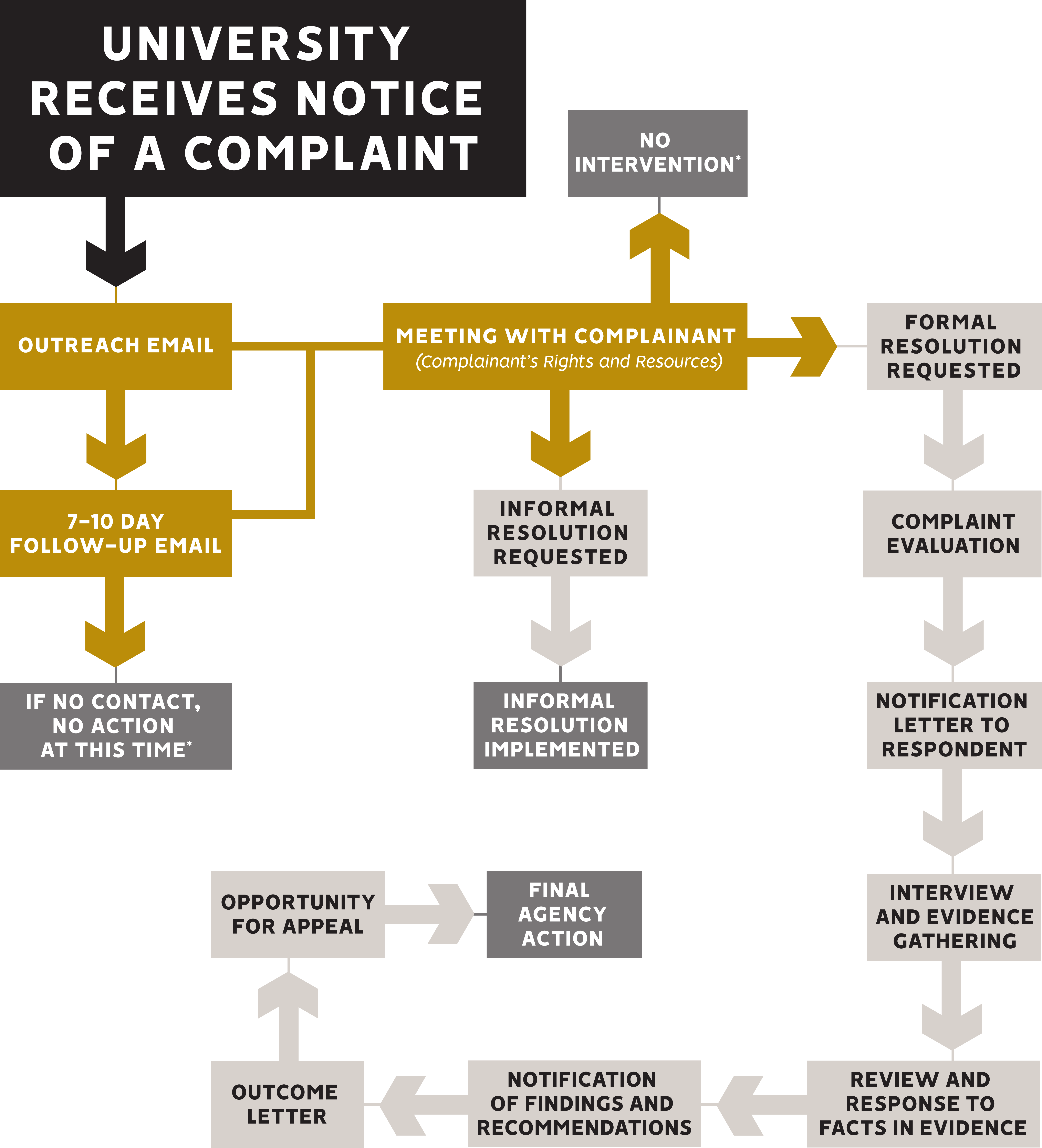Communicating Clearly and Transparently During the Complaint Resolution Process

Communicating Clearly and Transparently During the Complaint Resolution Process
In today’s world, where customer satisfaction is paramount, handling complaints effectively is not just a good practice, it’s a necessity. A crucial aspect of this process lies in clear and transparent communication.
When a customer lodges a complaint, they are often feeling frustrated, upset, and anxious. It’s the responsibility of the company to alleviate these emotions by ensuring the complaint resolution process is handled with empathy and transparency.
Here’s why clear and transparent communication is vital during the complaint resolution process:
1. Fosters Trust and Confidence:
When customers feel heard and understood, they are more likely to trust the company and its commitment to resolving their issue. Open communication ensures they are kept informed about the progress being made, building confidence in the company’s ability to address their concerns.
2. Reduces Anxiety and Frustration:
Transparency helps alleviate anxiety by providing customers with clear expectations of what to expect and when. Regular updates and explanations of the steps taken in the resolution process demonstrate the company’s commitment to a timely and fair resolution.
3. Improves Customer Experience:
A positive complaint resolution experience can actually turn a disgruntled customer into a loyal advocate. By handling complaints with empathy, clarity, and responsiveness, companies can turn negative situations into opportunities for building stronger relationships.
4. Helps Identify and Address Systemic Issues:
Transparent communication about complaint trends and root causes can provide valuable insights into operational inefficiencies or areas requiring improvement. This data can be used to implement solutions that prevent similar complaints from arising in the future.
5. Encourages Open Dialogue:
Transparent communication encourages open dialogue and feedback from customers. This can help identify areas where the company can improve its service offerings and processes, leading to enhanced customer satisfaction and loyalty.
Key Elements of Clear and Transparent Communication:
- Acknowledge the complaint promptly and empathetically.
- Communicate clearly and concisely, avoiding jargon or technical terms.
- Provide regular updates on the progress of the resolution process.
- Be honest and transparent about any challenges or delays.
- Offer alternative solutions if the initial resolution is not possible.
- Empower customer service representatives to make decisions within their scope of authority.
- Provide a clear and easy-to-understand escalation process.
- Ensure all communication is documented and easily accessible.
Conclusion:
Effective communication is the cornerstone of a successful complaint resolution process. By embracing transparency, empathy, and clear communication, companies can transform potentially negative situations into opportunities for building trust, loyalty, and ultimately, stronger customer relationships. Remember, a well-managed complaint is an opportunity for improvement and growth.

